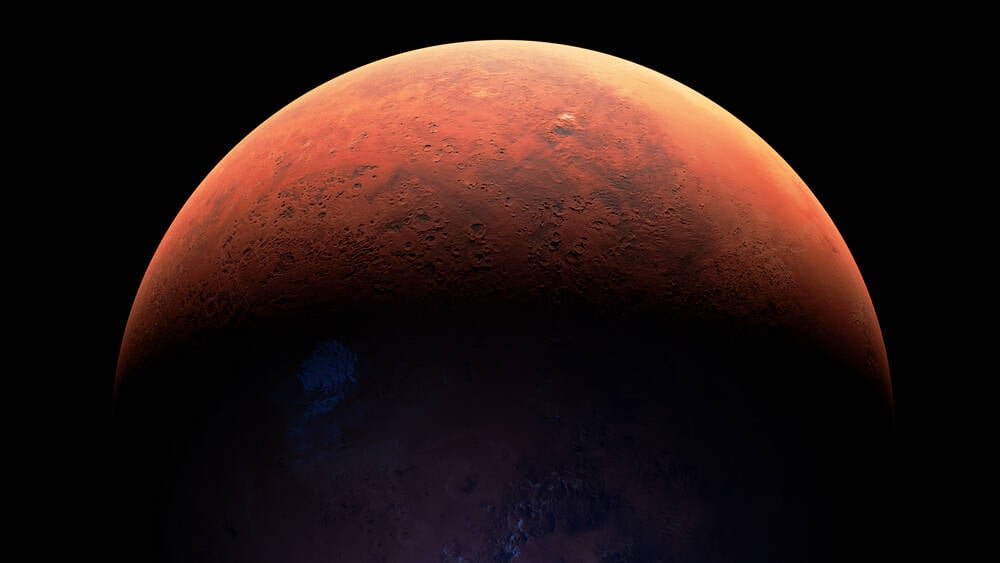
"Increased solar luminosity melts water on Mars, leading to more liquid water. The liquid water interacts with carbon dioxide in the atmosphere, trapping the carbon in rocks."
"Lower volcanic activity on Mars means that trapped carbon dioxide is not returned to the atmosphere, contributing to a fluctuating desert/oases steady state."
"Over billions of years, leaking atmosphere lowers Mars's atmospheric pressure, causing more water evaporation, eventually leading to a cold, dry planet without stable liquid water."
"Kite's team built a climate model based on the assumption that carbonates from Gale Crater reflect cycles on Mars, running it over 3.5 billion years."
Research indicates Mars had a fluctuating desert environment with water oases, driven by increased solar luminosity melting water. Liquid water interacted with atmospheric carbon dioxide, forming carbonates in rocks and reducing the greenhouse effect. With lower volcanic activity trapping carbon dioxide and orbital changes, Mars transitioned to its cold, dry state due to a leaking atmosphere. This led to lower atmospheric pressure, more evaporation, and ultimately the instability of liquid water on the surface, resulting in the current Martian climate.
Read at Theregister
Unable to calculate read time
Collection
[
|
...
]